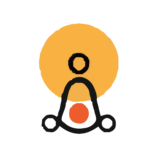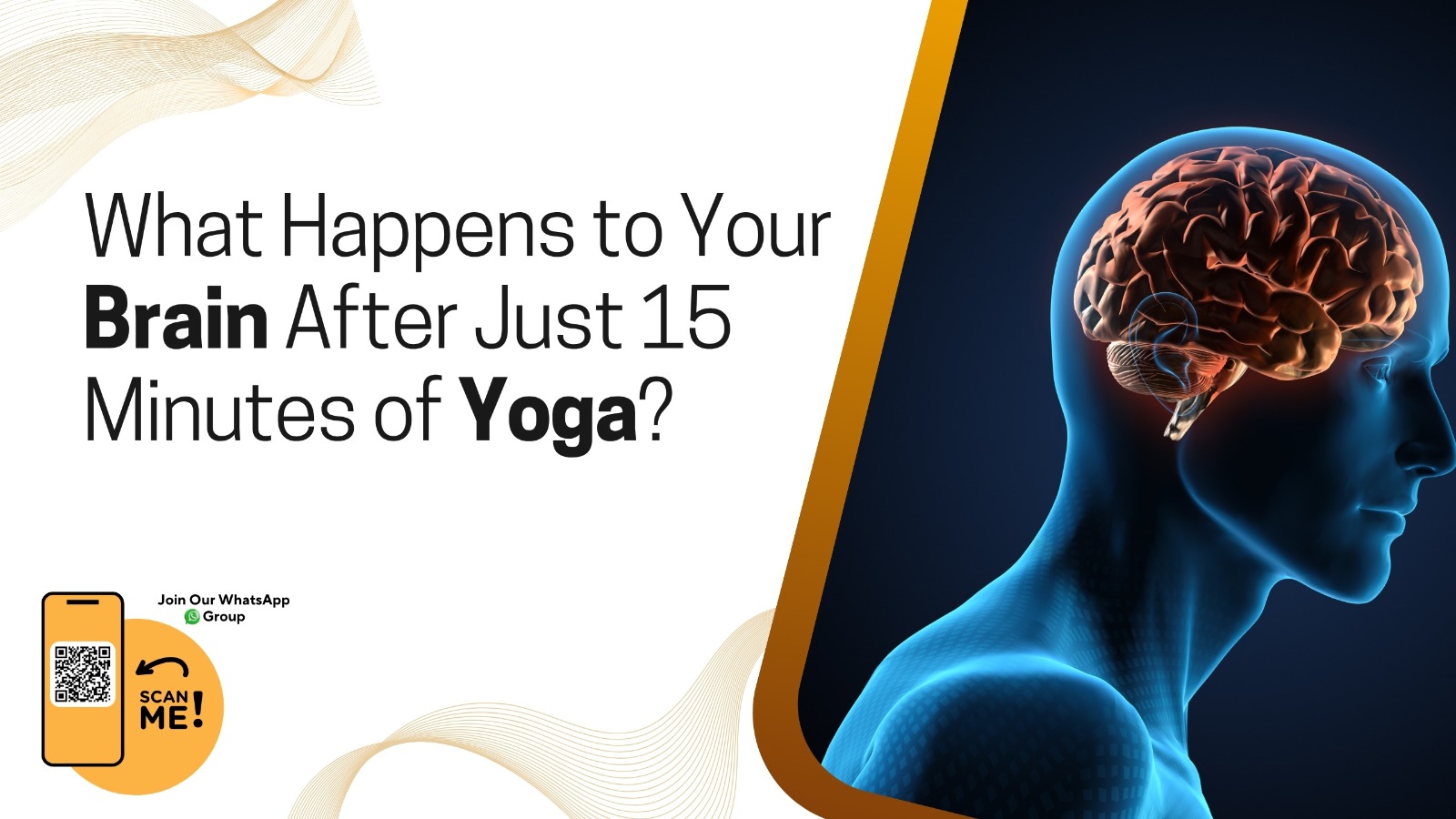In an era where burnout is on the rise, even among healthcare providers, we need solutions that are both effective and sustainable. What if one of the most potent tools for cognitive clarity, emotional regulation, and mental resilience isn’t a pill but a simple 15 minute movement?
Recent brainwave analyses are offering a compelling picture: a short session of yoga, specifically Surya Namaskar, doesn’t just stretch the body, it resets the brain.
Beyond Flexibility: Yoga as Brainwork
Most of us think of yoga as a practice for the body. But when you hold a pose, regulate your breath, or stay aware, you’re not just working on your muscles, you’re engaging vast regions of your brain. These are areas responsible for attention, decision-making, emotional processing, and sensory integration.
What’s exciting now is that we can see these changes happening in the brain using EEG (electroencephalography).
So, What Exactly Changes in the Brain?
Here’s what happens when someone practices just 15 minutes of yoga a day:
1. The Brain Becomes More Still, Yet More Focused
Our brain operates in short bursts called microstates, just like frames in a movie. Before yoga, these states tend to shift frequently, reflecting distraction or cognitive overload. After yoga, there’s a noticeable drop in how often specific “busy brain” patterns show up.
This means:
- Fewer internal distractions
- Better sustained attention
- Enhanced readiness to make decisions
- In other words, the mind becomes quieter, but sharper.
2. Waves of Calm Take Over
The electrical rhythms of the brain shift too:
- Alpha waves (linked with calmness and mental clarity) increase, especially in the back of the brain.
- Beta and gamma waves (often associated with stress, anxiety, and overthinking) reduce in the frontal regions.
- This shift is subtle but powerful. It’s like switching from a noisy FM radio to a clear, soothing sound bath. It reflects a move from scattered thinking to focused presence.
3. Neural Efficiency Improves
The brain doesn’t just slow down; it becomes more efficient.
Before yoga, brain states jump frequently between networks like switching between apps on your phone. After yoga, the transitions are fewer and more deliberate. This suggests more internal coherence, less energy wasted, and better emotional balance.
Why This Matters to AYUSH Professionals
Whether you’re guiding patients, conducting research, or educating students, this understanding is pivotal. We’ve long spoken about prana, manas, and adhyatma—now we have digital signatures to show that these states of balance have tangible reflections in the brain.
For example:
- The decrease in overactive beta waves could explain reduced anxiety.
- The rise in alpha rhythms might support better memory and mood.
- The shift in microstates may indicate stronger executive control—essential for those facing mental fatigue or stress.
Clinical Relevance
If you’re working in NCDs, neurology, mental health, or lifestyle disorders, consider this:
- Yoga isn’t just a supportive therapy, it could be a front-line intervention.
- EEG metrics could be used to track and evaluate progress in yoga-based treatments.
- This opens new avenues for research, integrating EEG and yoga protocols into AYUSH practice.
Small Practice, Big Impact
- The takeaway is simple but powerful: you don’t need hours of practice. Even 15 minutes of Surya Namaskar can shift your mental state, recalibrate your nervous system, and bring harmony to your inner world.
- This makes yoga a low-cost, high-impact, neuro-adaptive tool for:
- Students preparing for exams
- Practitioners managing clinical stress
- Patients struggling with anxiety, fatigue, or focus issues
Keywords for Exploration
Yoga and brain function, alpha waves yoga, neuroplasticity and yoga, Surya Namaskar benefits, EEG and yoga, yoga for focus and calm, microstates and mindfulness
Final Words for the AYUSH Community
As practitioners of a holistic system of medicine, we now stand at a unique crossroad—where tradition meets technology. Let us take this as a call not just to preserve our ancient wisdom but to translate it into a language the modern world can measure, appreciate, and adopt.
A few minutes on the mat. A lifetime of clarity in the mind.
____________________________________________________________________________________________________________


